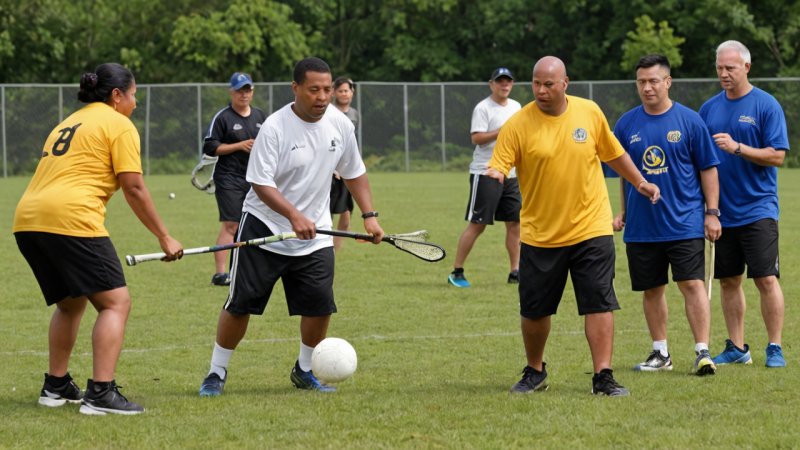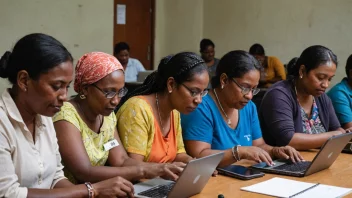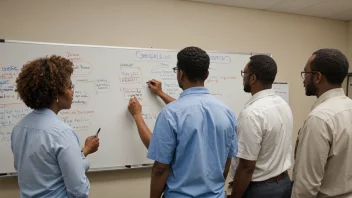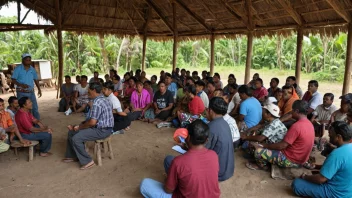Sports have long been recognized as a powerful tool for fostering recovery, building resilience, and enhancing community spirit. They provide not only physical benefits but also emotional and social advantages that can be particularly vital in humanitarian contexts. This article will compare traditional sports and adaptive sports, examining their unique contributions to promoting recovery and resilience among individuals and communities facing various challenges.
Understanding Traditional Sports
Traditional sports, such as soccer, basketball, and volleyball, are widely practiced around the globe. They are characterized by their structured nature, established rules, and competitive elements. These sports often bring together individuals from diverse backgrounds, fostering teamwork, discipline, and a sense of belonging.
Pros of Traditional Sports
- Community Building: Traditional sports often serve as a focal point for community gatherings, creating a shared identity and camaraderie among participants.
- Physical Health: Engaging in traditional sports promotes physical fitness, which is essential for overall well-being and can aid in recovery from physical and mental health issues.
- Skill Development: Participants can develop various skills, including communication, leadership, and strategic thinking, which are beneficial beyond the sports arena.
Cons of Traditional Sports
- Accessibility: Traditional sports may not be accessible to everyone, particularly individuals with disabilities or those in marginalized communities.
- Pressure and Competition: The competitive nature of traditional sports can lead to pressure and stress, potentially discouraging participation among those seeking a supportive environment.
Exploring Adaptive Sports
Adaptive sports are designed to make physical activity accessible to individuals with disabilities. These sports often modify traditional sports rules and equipment to accommodate different abilities, ensuring inclusivity and participation for all.
Pros of Adaptive Sports
- Inclusivity: Adaptive sports provide opportunities for individuals with disabilities to engage in physical activity, fostering a sense of belonging and community.
- Empowerment: Participation in adaptive sports can empower individuals, enhancing their self-esteem and confidence as they overcome challenges.
- Health Benefits: Like traditional sports, adaptive sports promote physical health, which is crucial for recovery and overall well-being.
Cons of Adaptive Sports
- Limited Awareness: Many communities may lack awareness or resources to develop adaptive sports programs, limiting opportunities for participation.
- Funding and Support: Adaptive sports often receive less funding and support compared to traditional sports, affecting the quality and availability of programs.
Comparative Analysis
When comparing traditional and adaptive sports, several key differences and similarities emerge that highlight their respective roles in promoting recovery and resilience.
Accessibility and Inclusivity
One of the most significant differences between traditional and adaptive sports is their accessibility. Traditional sports often cater to the general population, which can inadvertently exclude individuals with disabilities. In contrast, adaptive sports prioritize inclusivity, ensuring that everyone, regardless of ability, can participate. This inclusivity fosters diverse communities and promotes social cohesion.
Community Impact
Both traditional and adaptive sports have a profound impact on community building. Traditional sports create shared experiences and foster teamwork, while adaptive sports emphasize acceptance and support for individuals with disabilities. The community spirit generated by both types of sports can strengthen social ties and enhance resilience in the face of adversity.
Health and Wellbeing
Physical health benefits are a common ground between traditional and adaptive sports. Both forms of sports encourage regular physical activity, which is essential for mental and emotional health. However, adaptive sports may also provide unique therapeutic benefits, as they often focus on overcoming physical limitations, leading to increased self-efficacy and resilience.
Challenges and Barriers
While both traditional and adaptive sports face challenges, the barriers differ. Traditional sports may struggle with inclusivity and accessibility, while adaptive sports often contend with limited resources and awareness. Addressing these challenges is crucial to maximize the potential of both sports in promoting recovery and resilience.
Conclusion
In conclusion, both traditional and adaptive sports play vital roles in promoting recovery and resilience within communities. Traditional sports foster community spirit and physical health, while adaptive sports emphasize inclusion and empowerment for individuals with disabilities. To harness the full potential of sports in humanitarian contexts, it is essential to advocate for both forms, ensuring that everyone has the opportunity to participate and benefit from the positive impacts of physical activity. By recognizing the unique contributions of each, we can create a more inclusive and resilient society.






